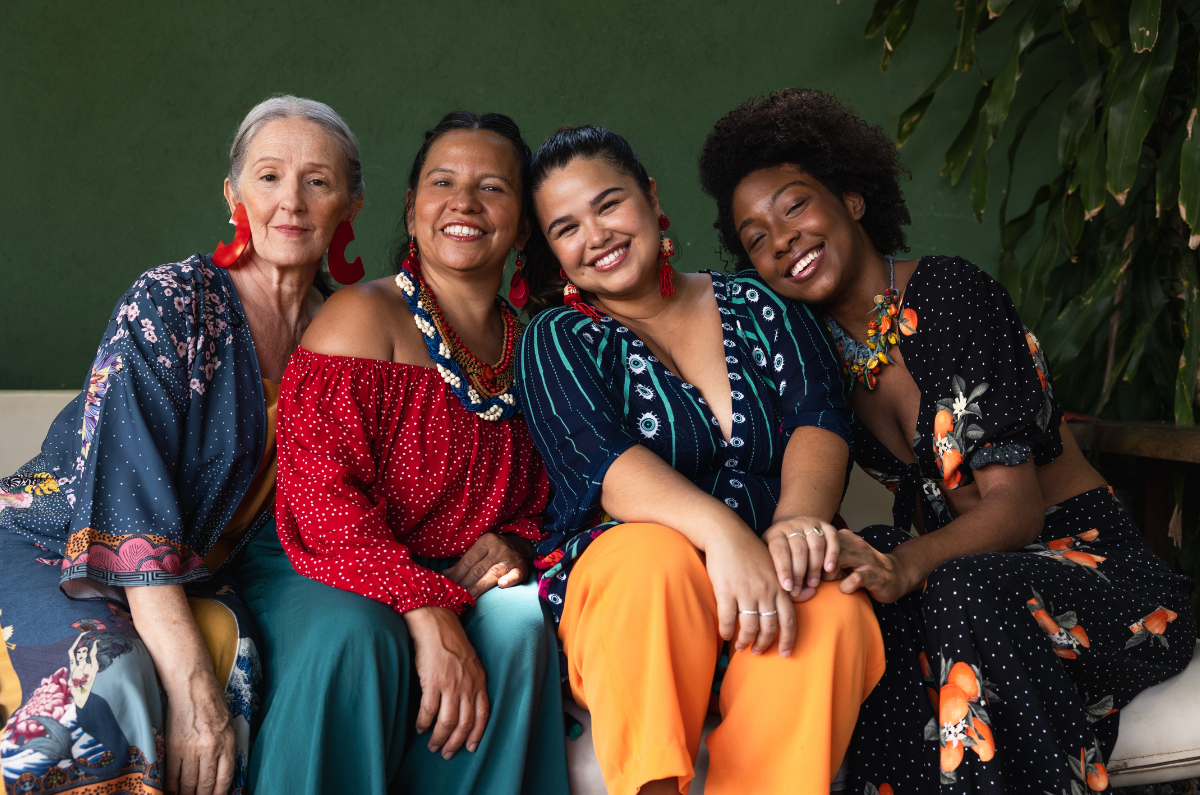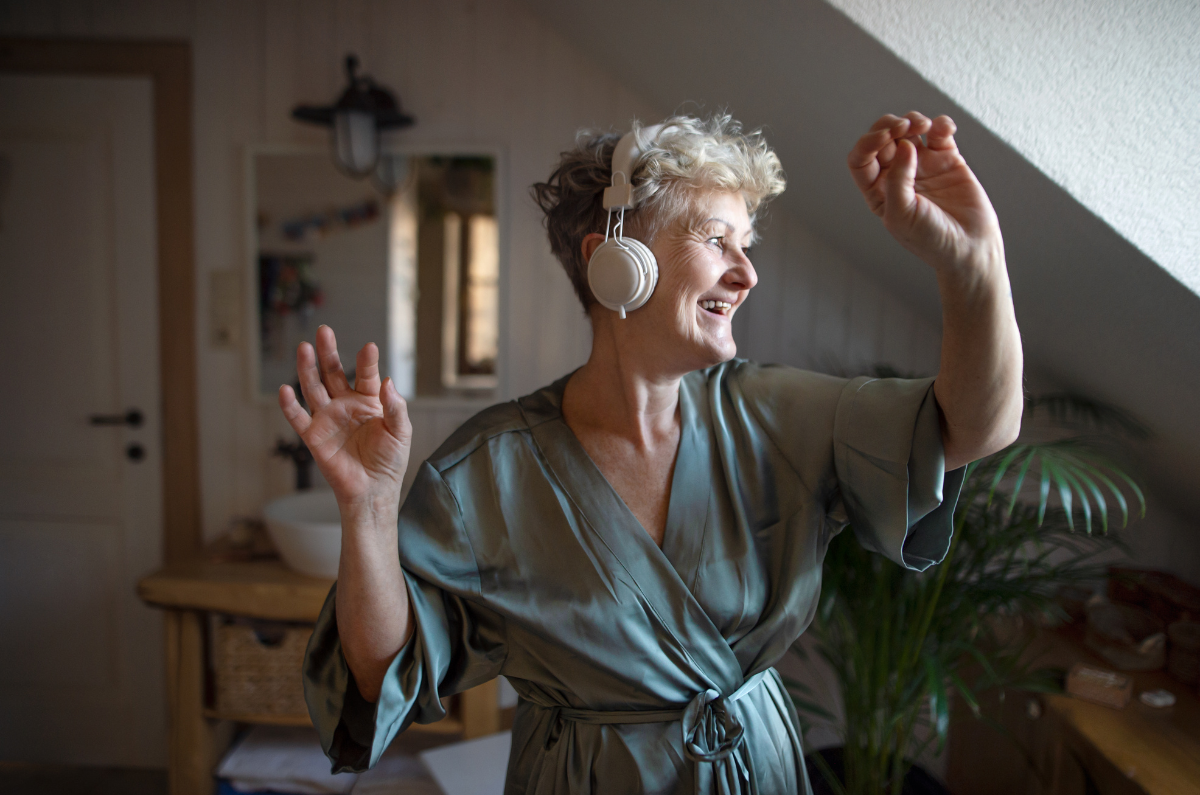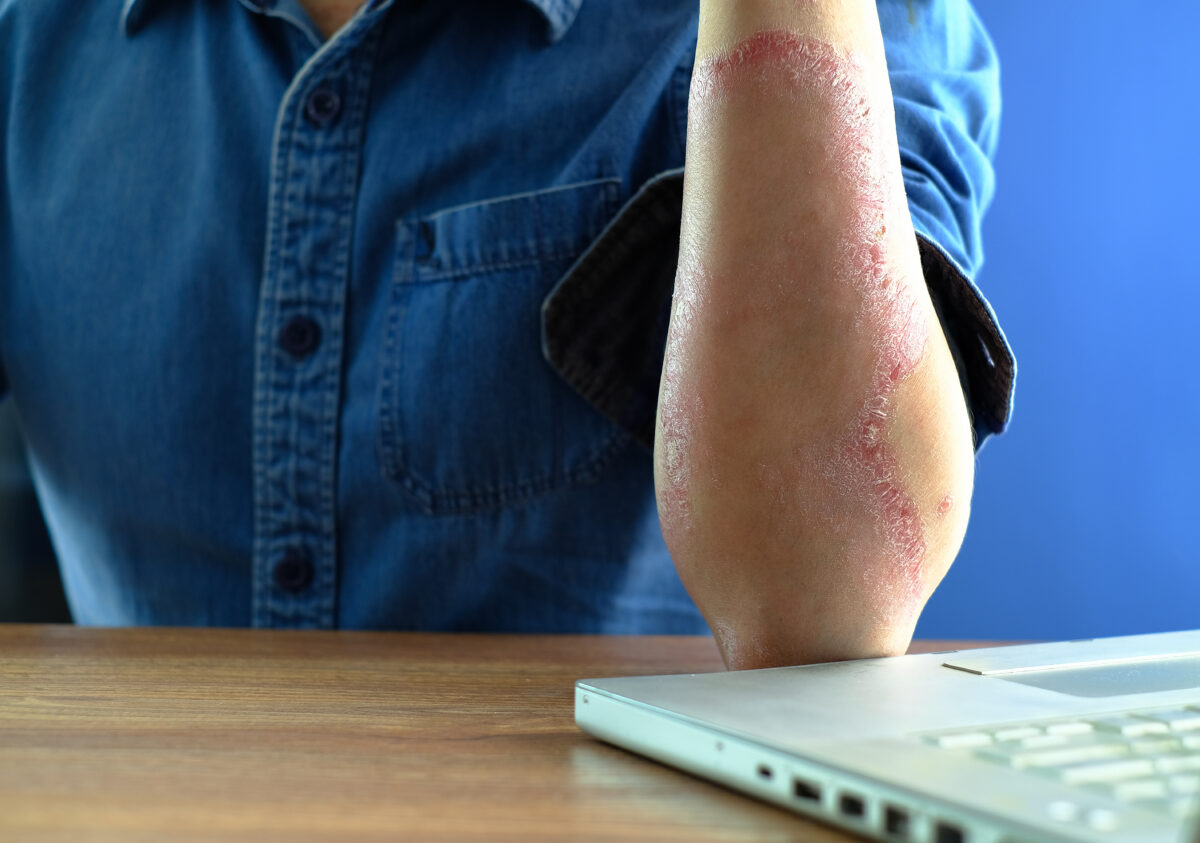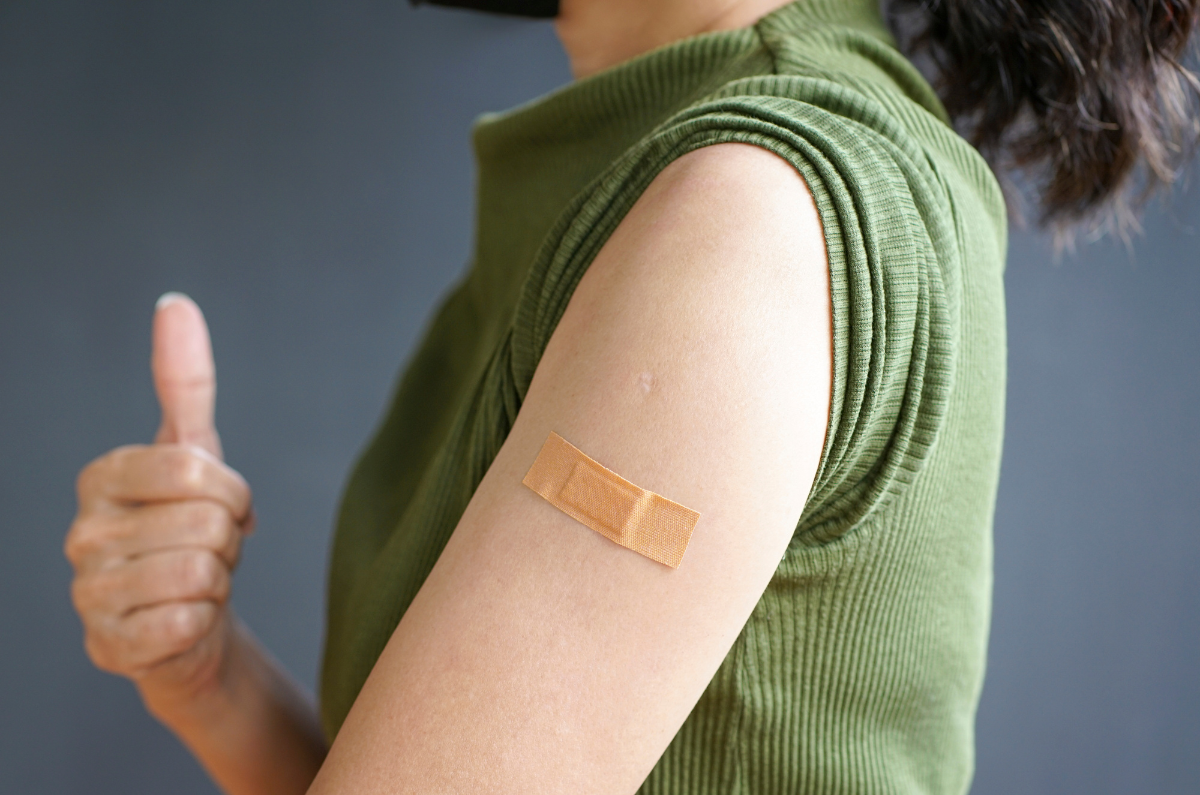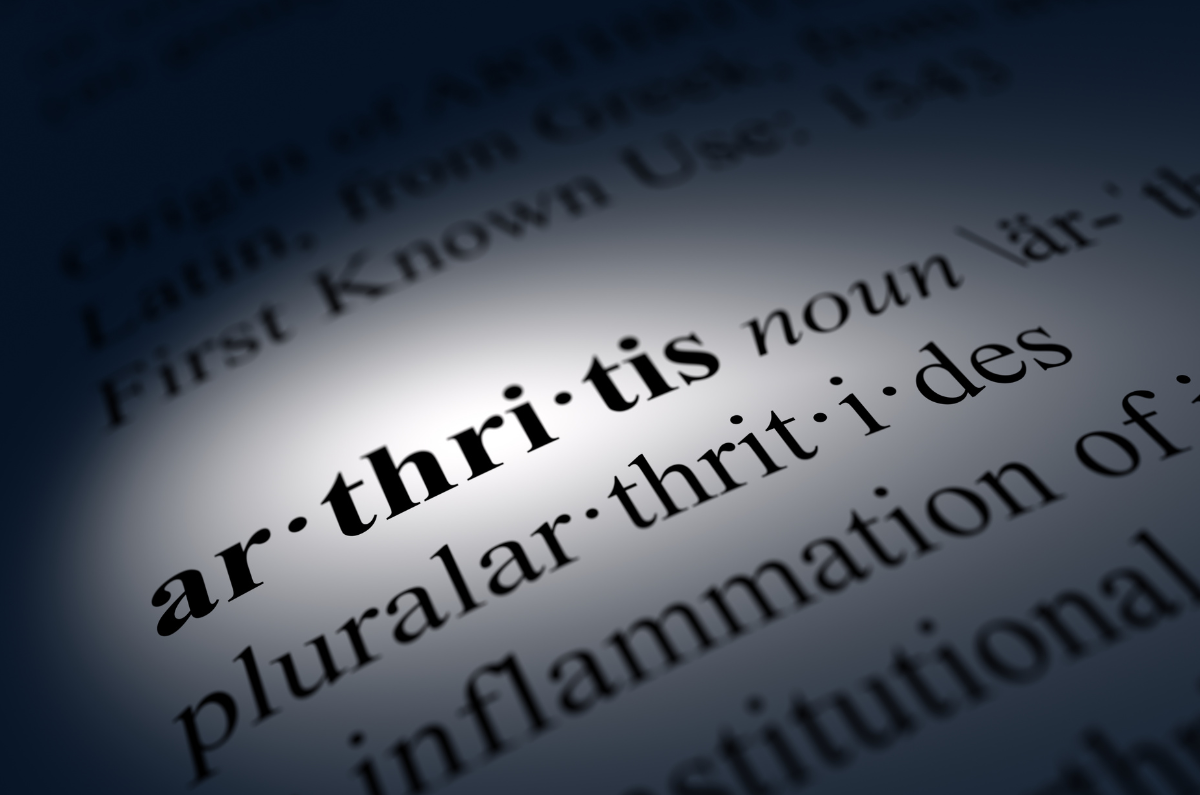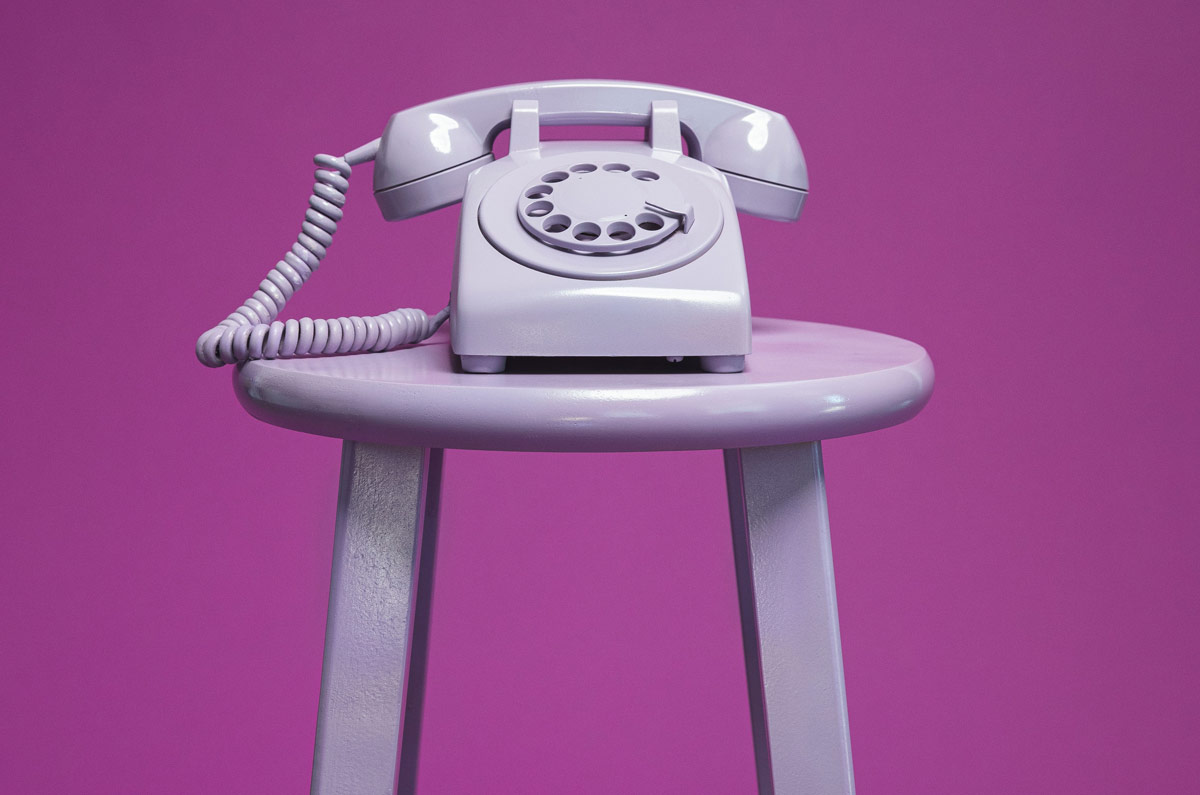 Saturday, March 8 is International Women’s Day. The day is an opportunity to celebrate the achievements and contributions of women around the world. It’s also an important time to shine a light on a health issue that disproportionately affects women globally – musculoskeletal conditions.
Saturday, March 8 is International Women’s Day. The day is an opportunity to celebrate the achievements and contributions of women around the world. It’s also an important time to shine a light on a health issue that disproportionately affects women globally – musculoskeletal conditions.
Musculoskeletal conditions refer to disorders that affect the bones, muscles, joints, and connective tissues. These include long-term conditions like back pain and problems, osteoarthritis, osteoporosis or osteopenia, fibromyalgia and rheumatoid arthritis. Living with one of these conditions can be debilitating, often negatively impacting mobility and quality of life.
In Australia, musculoskeletal conditions are alarmingly common. According to the 2022 Australian Bureau of Statistics National Health Survey (NHS), approximately 7.3 million people — or 29% of the population — are living with these conditions. The survey also revealed:
- 4.0 million people (16%) are living with back problems.
- 3.7 million people (15%) have some form of arthritis.
- 854,000 people (3.4%) have osteoporosis or osteopenia.
These statistics highlight a significant public health issue. They also highlight that women are impacted in greater numbers by chronic musculoskeletal conditions. Data from the NHS 2022 survey shows that:
- Women are five times more likely to be living with osteoporosis than men.
- Women are 1.4 times more likely to have arthritis compared to their male counterparts.
- Approximately 30.8% of females in Australia are living with a musculoskeletal condition.
The evidence is clear. Musculoskeletal conditions are taking a toll on women’s health.
It’s not just “women of a certain age” who are diagnosed with these conditions and whose lives are significantly impacted. Many well-known women have spoken about how musculoskeletal conditions impact their lives.
- Selena Gomez: lupus, an autoimmune disease that can affect the joints.
- Venus Williams: Sjögren’s disease, an autoimmune disorder that causes joint pain and inflammation.
- Lady Gaga: fibromyalgia, a condition characterised by widespread muscle pain and fatigue.
- Gwyneth Paltrow: osteopenia, a condition where bone density is lower than normal, leading to an increased risk of fractures.
- Sally Field: osteoporosis, a disease that causes bones to become brittle and fragile.
- Caroline Wozniacki: rheumatoid arthritis, a chronic condition that causes pain and inflammation in your joints
- Tiffiny Hall: osteoarthritis, a type of arthritis that causes joint pain and stiffness.
By sharing their stories these incredible women are telling the world that chronic musculoskeletal conditions can affect anyone, no matter their fame, wealth, or age — they can impact people from all backgrounds.
Modifiable risk factors
Genetics and age can influence the development of some musculoskeletal conditions, but lifestyle choices can also play a significant role. The 2018 Australian National Health Survey found that 16% of health problems caused by musculoskeletal conditions are linked to modifiable factors, such as habits and lifestyle.
Nutrition and physical activity are two things that can help improve our musculoskeletal health. So, what can YOU do?
On this International Women’s Day, acknowledging the significant impact musculoskeletal conditions have on women’s health and well-being is a priority.
Raising awareness is a crucial first step. Building health literacy, encouraging good nutrition and activity, and shining a spotlight on the importance of good musculoskeletal health is vital if we are to turn the tide on an invisible epidemic impacting millions of women worldwide.
Getting started can be challenging BUT if you set achievable goals— maybe incorporate more movement into your daily routine or focus on nutrition. Begin small and build gradually – every little step counts. Empower yourself, educate yourself and take control of your musculoskeletal health one step at a time.
More
- Increase or change up your activity by trying our free, online chair-based exercise videos.
- Join us for “The World’s Biggest Sit In” – A world record attempt for the largest chair-based exercise class on October 26, 2025
- Read more about nutrition
- Read more about musculoskeletal conditions
- Call our free national helpline
- Share your story to help raise awareness and understanding

